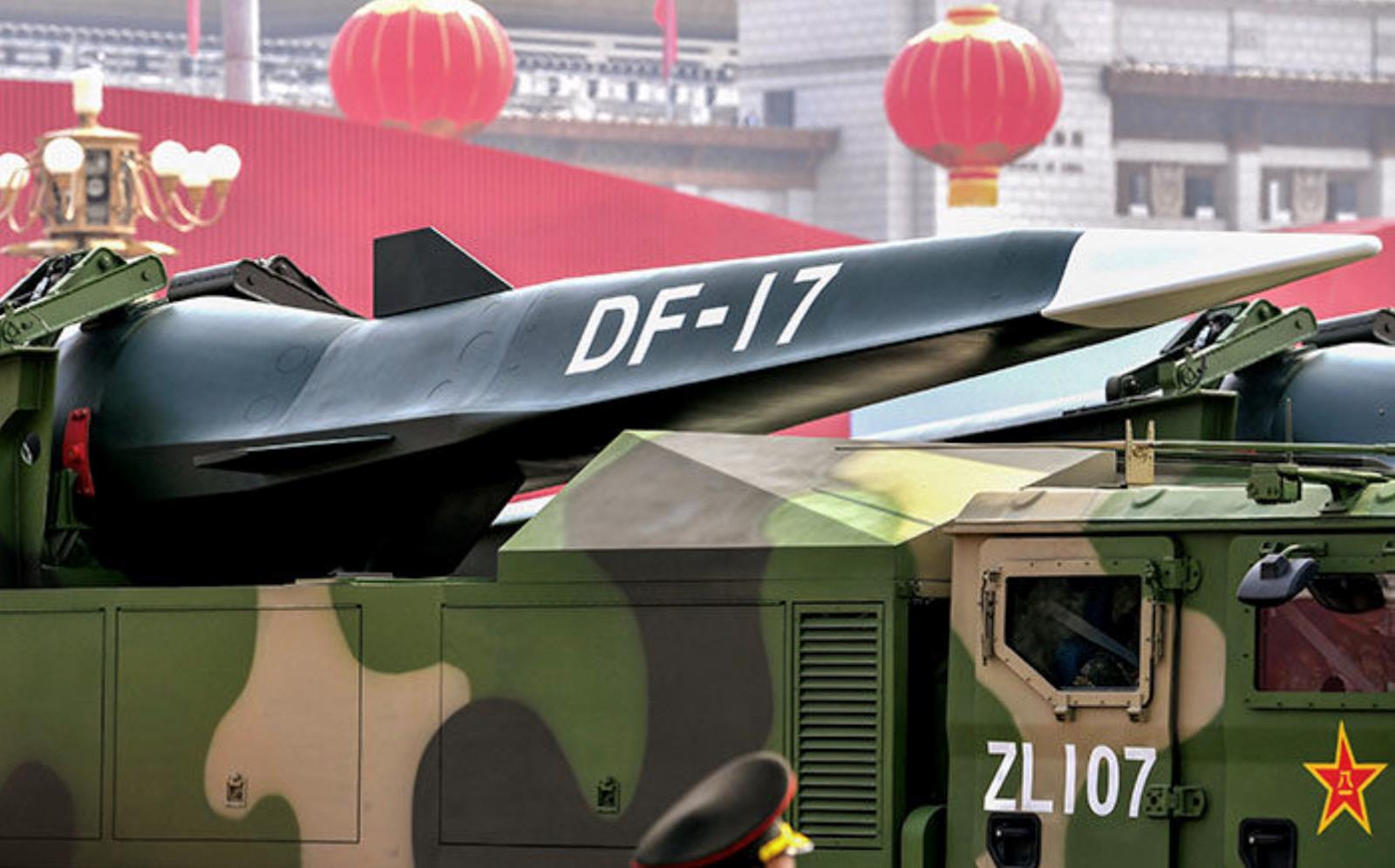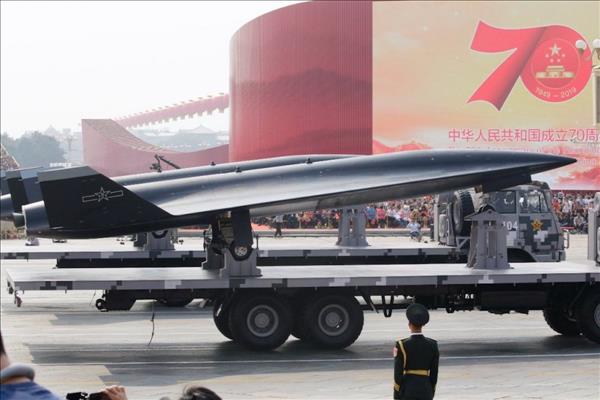(MENAFN- Asia Times) A private space firm is poised to provide satellite internet for China's hypersonic flight program, showcasing the Chinese private sector's potential to advance Beijing's military applications and ambitions as Washington imposes a raft of sanctions on Chinese tech companies for reasons of national security.
GalaxySpace lead scientist Zhang Shijie and his team recently achieved continuous communication between six satellites and a terminal on a satellite simulating a hypersonic drone for 25 minutes with no interruption in bidirectional data transfer, according to a South China Morning Post (SCMP) report .
GalaxySpace's system is based on low earth orbit, broadband satellite internet architecture capable of emitting radio beams that can quickly adapt to the satellites' speed and position. It also entails a high dynamic access process that enables the satellites to maintain connections with moving targets, the SCMP report said.
Zhang's team encountered various challenges including the Doppler effect, which changes signal frequency due to relative motion between the receiver and transmitter, frequency change rate at hypersonic speeds and the effects of heat, vibration and electromagnetic interference during hypersonic flight.
Although the SCMP report said that the results don't prove the feasibility of providing broadband internet to hypersonic drones or aircraft, they do show the possibility of high-speed communication between other satellites and communications systems, with additional testing needed to prove that connections can be attached to hypersonic vehicles while in flight.
Using satellites to provide stable broadband connection to hypersonic weapons may solve longstanding accuracy issues. asia times noted last may that a missile's skin heats up during hypersonic flight, forming a plasma layer that makes it blind to control signals.
Indeed, China's hypersonic missile test in August 2021 showed that it missed the target by a whopping 38 kilometers, an unacceptable margin for error against large, moving targets such as aircraft carriers.

China's YJ-21 hypersonic missile in a test launch. Image: Video Screengrab
As such, China has reportedly been working on solutions to keep its hypersonic weapons on target. asia times reported last january that China had developed a laser device that generates a continuous beam of electromagnetic waves in the terahertz band used in 6G technology that may solve the issue.
Ground tests have shown that the device can penetrate the plasma layer surrounding hypersonic weapons, potentially solving their accuracy problem. In addition, China can integrate the technology into satellites to relay communications and target data to hypersonic weapons.
Apart from providing laser-powered 6G communications to hypersonic weapons, commercial satellites are ideal strategic reconnaissance platforms for pre-emptive strikes.
last april, asia times reported that China had upgraded its commercial Jilin-1 imaging satellite with artificial intelligence (AI), turning these relatively low-cost platforms into potent spy tools. For example, China's AI upgrade to its Jilin-1 satellite achieved a 95% precision rate in identifying small objects such as planes or cars on the street, much higher than the 14% success rate of traditional satellite AI.
In June 2021, China's AI-enhanced Beijing-3 satellite scanned 3,800 square kilometers of San Francisco Bay in just 42 seconds at an altitude of 500 kilometers, with the imagery sharp enough to identify military vehicles on the street and the weapons they carried.
Beijing-3 is also claimed to have a 2-3 times faster response time than WorldView-4, the most advanced US commercial satellite at the time. Beijing-3's scanning band is also 77% wider at 23 kilometers versus WorldView-4's 13 kilometers while weighing just half its US counterpart.
The intelligence provided by these AI-enhanced commercial satellites working to pursue military objectives could help to prepare for potential pre-emptive Chinese strikes on US forces and bases in the Pacific during a Taiwan contingency.
Combining 6G laser technology and military AI into commercial satellites increases the survivability of China's space assets via proliferation and obscures the distinction between military and civilian assets, providing a dilemma for US counter-space capabilities.
asia times noted this march that although the US has pushed for norms governing the use of space, it has not yet entered into any legally-binding agreements that could curtail its military advantage or hold it accountable for its actions.
US reluctance to enter such agreements may align with its efforts to create even more powerful satellite-killing technologies such as ground-based mobile lasers, radiofrequency jammers, microwave weapons and even hunter-killer satellites.
Satellites are a prime example of the dual-use technology that fits into China's military-civil fusion (MCF) strategy, which ensures new technologies advance civilian and military fields simultaneously.

China flaunts its hypersonic prowess in the Dongfeng-17 hypersonic glider during a military parade in Beijing in a file photo. Photo: AFP
Masaaki Yatsuzuka notes in a july 2022 article for think china that since the Chinese government opened its space sector to private players in 2014, this dual-track policy has created two main issues.
Yatsuzuka mentions that new technologies developed by China's private space companies may find military use, which leads to a“MCF dilemma” wherein China aims to promote self-sufficiency in strategic fields via MCF.
Still, Western countries are wary of China's MCF strategy and may be reluctant to work with Chinese researchers and companies suspected of having ties to the Chinese military.
last september, asia times reported how China incentivizes its scientists to study in the US, deepen their expertise and return to China to advance Beijing's military and strategic interests.
China's rapid advances in military technology were made possible partly by elite Chinese scientists working with sensitive US government-funded projects.
This situation has resulted in heavy-handed US reactions, such as the Trump administration's China Initiative to curb espionage and intellectual property theft and the Biden administration's ever-growing raft of sanctions on Chinese tech companies.
Yatsuzuka notes that China needs to establish laws to protect its private space companies' intellectual property rights while at the same time streamlining them into its arms industry.
He points out that another issue is the extent to which the Chinese government tolerates the interests and norms of these private companies as they simultaneously pursue commercial interests while helping Beijing develop critical military-related space technologies.
Like this:Like Loading...






















Comments
No comment